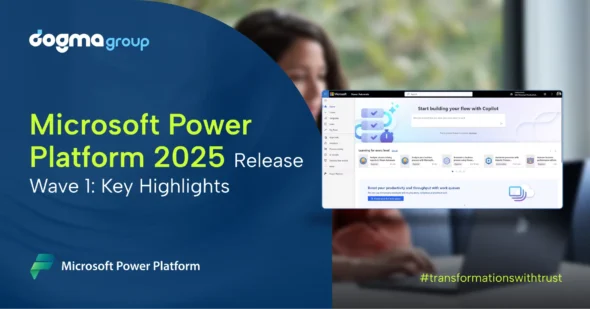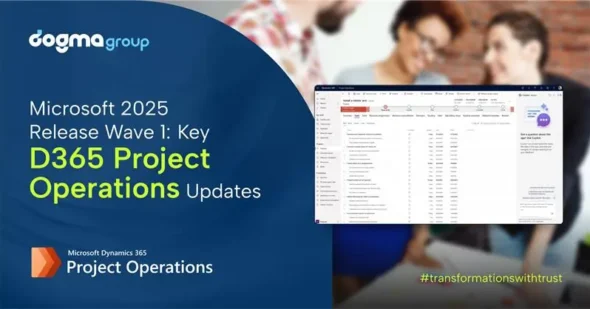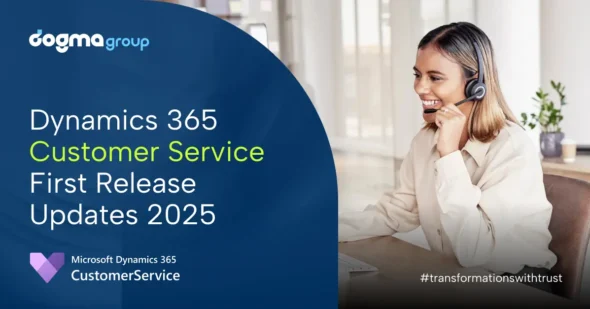Microsoft is always innovating and delivering new features and capabilities for its Dynamics 365 and Power Platform products. The Microsoft 2023 release wave 2 is the second major update of the year, and it will bring hundreds of enhancements and improvements across various Microsoft applications and services.
If you are curious about what’s coming next and how it will impact your business, you need to mark your calendar with the key dates for the 2023 second release. And to make it easier for you, we will give you a brief overview of the release plan, the timeline, and the resources to help you prepare for the upcoming changes.
What is Microsoft 2023 release wave 2?
Microsoft 2023 release wave 2 is a compilation of new features and capabilities that will be released between October 2023 and March 2024 for Microsoft Dynamics 365 and Microsoft Power Platform. The release plan provides a detailed description of each feature, along with its availability, regional scope, and early access options.
What are the Key Dates for the Microsoft 2023 Second Release Wave?
The key dates for the 2023 release wave 2 are as follows:
| Date | Event | Description |
| 18 July 2023 | Release plans available | Learn about the new capabilities coming in the Microsoft 2023 second release |
| 2 August 2023 | Early access available | Test and validate new features and capabilities that will be part of the 2023 second release, coming in October, before they are enabled automatically. View the Dynamics 365 2023 release wave 2 early access features here now. |
| 1 October 2023 | General availability begins | Production deployment for the 2023 release wave 2 begins. Regional deployments will start on October 1, 2023. |
The release plans for Dynamics 365 and Power Platform were published on 18 July 2023. They can be accessed online, viewed in the release planner, or downloaded as PDF. The release plans are also updated regularly to reflect any changes or additions to the features.
The early access is available on 2 August 2023, and it allows customers and partners to test and validate the new features in a sandbox or non-production environment before they are deployed automatically. The early access is optional but recommended for those who want to get familiar with the new functionalities and provide feedback to Microsoft.
The general availability begins on 1 October 2023, and it means that the new features are enabled by default in all regions and environments. The general availability is rolled out gradually over several weeks or months, depending on the product and feature. Customers and partners can check the status of each feature in the release plan or in the Message Center.
The general availability ends on 31 March 2024, and it marks the completion of the release wave. After this date, no new features will be added or updated for the release wave.
How can I prepare for the upcoming changes?
To prepare for the upcoming changes, you can follow these steps:
- Review the release plan and identify the features that are relevant for your business or industry.
- Sign up for early access and test the new features in a sandbox or non-production environment.
- Provide feedback to Microsoft through forums, surveys, or support channels.
- Plan your deployment strategy and communicate with your users about the changes.
- Monitor the Message Center and the release plan for any updates or announcements.
Alternatively, our in-house Dynamics 365 and Power Platform experts can provide your assistance with this. At Dogma, we also ensure that your systems are always up to date and perform optimally. Just reach out to us and we will help you!
What’s Next?
We hope this blog has given you a clear overview of the key dates for Microsoft 2023 release wave 2. If you have any questions or need any assistance with your Dynamics 365 or Power Platform solutions, please feel free to contact us. We are here to help you get ready for the future of business transformation. Also, remember to check our website for more highlights from the 2023 second release that are coming your way soon and contact our Microsoft experts to translate these updates into business benefits.





